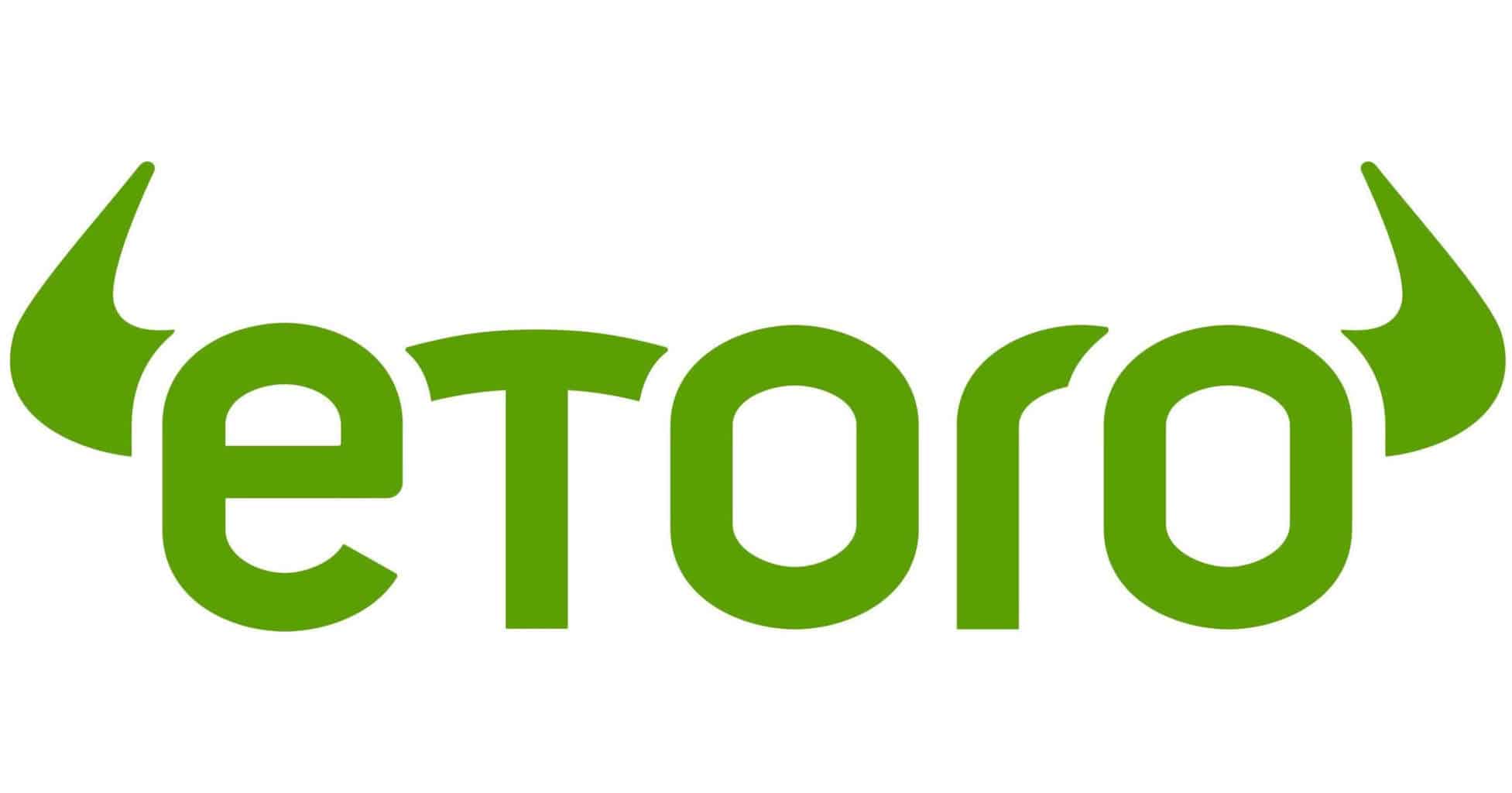Transport For London, an entity responsible for the United Kingdom’s capital transport system registered an increase in the gross income generated during the 2018/2019 period. Data gathered and calculated by Learnbonds.com indicates the £5.6 billion revenue generated during this period had increased by 5.1% from the 2017/2018 period when it recorded £5.3 billion.
From the data, the London Underground continues to be the leading source of revenue for TFL. During the period under review, the tube generated £2.7 billion an increase of 4.7% from £2.6 billion recorded during the 2017/2018 period. In 2018, the customer demand for the London Underground hit high levels based on the recorded passenger journey volumes which increased from 1,357 million in 2017/18 to 1,384 million in 2018/19, a 2% rise.
Buses recorded the second-highest source of income £1.4 billion. On the other hand, Rail and Elizabeth’s line generated £528 million while other operations generated an income of £59 million followed by central items at £32 million. It is worth noting that this revenue came from passenger fare which cumulatively stood at £4.5 billion representing 85% of the total generated revenue.
Despite having other sources of revenue, the TFL majorly depends on passenger fares income. TFL has diversified its income to include non-passenger derived sources like rent, advertising and congestion charging schemes. In general, these sources had a rise of 8.7% during the 2018/2019 period.
Commercial advertising revenue per customer
Rents and commercial advertising revenue was £243 million from 2017/2018’s £226, an increase of 7.5%. These figures reflect a rise in commercial advertising receipts from £152 million in 2017/18 to £156 million in 2018/19. Based on the number of customers, the TFL, therefore, generates £0.039 commercial advertising revenue per customer. The group had 3.97 billion customers in 2018/19.
This growth is attributed to the rise in digital investment, combined with higher property income from the rental portfolio, which increased from £74 million in 2017/18 to £87 million in 2018/19. Elsewhere revenue from congestion charging schemes stagnated at £230 million while other non-passenger related income sources recorded £329 million.
Other non-passenger revenue sources include road network compliance, congestion charging, Revenue from free and reduced-fare travel for older customers, cycle hire scheme revenues and third-party contributions to operating costs.
TFL’s gross expenditure slightly drops
In running its services, the TFL gross expenditure increased by 1.2% from £6.2 billion to £6.3 billion. The expenditure entails the day-to-day operating costs excluding central statutory reporting items which include depreciation and amortization. The London Underground still has the highest gross expenditure at £2.3 billion a drop of 3.4% from £2.4 billion in 2017/18.
The bus expenditure was £2.1 billion, a slight drop of 0.09% from 2017/18’s £2.1 billion. On the other hand, the Streets’ operating costs saw a 5.6 per cent reduction from £571 million in 2017/18 to £539 million in 2018/19 while the gross expenditure for Elizabeth Line was £245 million a drop from 2017/18’s £127 million.
During the 2018/19 period, the rail gross expenditure was £471 million, another drop from 2017/18 433. The expenditure for major projects remained flat at £47 million, while commercial development also dropped by 14% to £149 million from £171 million registered during the 2017/18 period. Lastly, the expenditure on other operations was £375 million.
An overview of the overall net cost of services shows a decline of 10.5% to £1.9 billion, which is better than 2017/18’s total of £2.1 billion.
The gross expenditure cost reflects the measures by TFL to cut costs in running the London transport system. Based on this means the TFL in 2018/19, had lowered its costs to one third from three years ago. The group is actively cutting costs through maintenance savings and contract renegotiations. During the 2018/19 period, TFL had reduced the net cost of operations to £494 million, compared to £1.5 billion in 2015/16.
In 2018/19, TFL worked with the trade unions to review 20 more business areas and 2,100 roles. This has contributed to an overall reduction in the number of posts by 1,176. At the same time, TFL has been working on becoming more efficient and lowering back and middle office costs by 30 percent. At the end of the 2018/19, staff costs were £31 million better than budget.
The TFL has also set its eyes on continued modernization of the London underground while driving greater efficiency from its supply chain and review and re-tendering bus contracts.
It is worth noting that In 2018/19 total operating costs increased only slightly, from £7.51 billion to £7.56 billion. The increase can be attributed to the incremental costs of preparations for the opening of the Elizabeth line and additional services on TfL Rail.
TFL’s focus for the next five years
To maintain its annual operational costs, TFL receives funding from various sources which include income from passengers, congestion charging scheme, business rates, central Government funding as the main sources of income.
Other funding sources include prudential borrowing, commercial development on TfL’s estate, advertising, and property rental and development, third-party funding.
Currently, TFL is concentrating on handling urgent factors that are affecting the transport line. In the next five years, TFL will seek to adapt to the loss of the £700 million grant from the central government. It is worth noting that the grant was used to offset the operating cost of day-to-day services. Similarly, handling the subdued national economy will be at the center of TFL’s top priorities.
The delay in the completion of the Elizabeth line construction as announced by Crossrail Ltd is also among the top priorities by TFL over the next five years. Lastly, the TFL will also seek ways of maintaining London’s strategic road network in the absence of the central grant.
Trusted & Regulated Stock & CFD Brokers
What we like
- 0% Fees on Stocks
- 5000+ Stocks, ETFs and other Markets
- Accepts Paypal Deposits
Min Deposit
$200
Charge per Trade
Zero Commission on real stocks
64 traders signed up today
Visit Now67% of retail investor accounts lose money when trading CFDs with this provider. You should consider whether you can afford to take the high risk of losing your money.
Available Assets
- Total Number of Stocks & Shares5000+
- US Stocks
- German Stocks
- UK Stocks
- European
- ETF Stocks
- IPO
- Funds
- Bonds
- Options
- Futures
- CFDs
- Crypto
Charge per Trade
- FTSE 100 Zero Commission
- NASDAQ Zero Commission
- DAX Zero Commission
- Facebook Zero Commission
- Alphabet Zero Commission
- Tesla Zero Commission
- Apple Zero Commission
- Microsoft Zero Commission
Deposit Method
- Wire Transfer
- Credit Cards
- Bank Account
- Paypall
- Skrill
- Neteller
What we like
- Sign up today and get $5 free
- Fractals Available
- Paypal Available
Min Deposit
$0
Charge per Trade
$1 to $9 PCM
Visit Now
Investing in financial markets carries risk, you have the potential to lose your total investment.
Available Assets
- Total Number of Shares999
- US Stocks
- German Stocks
- UK Stocks
- European Stocks
- EFTs
- IPOs
- Funds
- Bonds
- Options
- Futures
- CFDs
- Crypto
Charge per Trade
- FTSE 100 $1 - $9 per month
- NASDAQ $1 - $9 per month
- DAX $1 - $9 per month
- Facebook $1 - $9 per month
- Alphabet $1 - $9 per month
- Telsa $1 - $9 per month
- Apple $1 - $9 per month
- Microsoft $1 - $9 per month
Deposit Method
- Wire Transfer
- Credit Cards
- Bank Account



